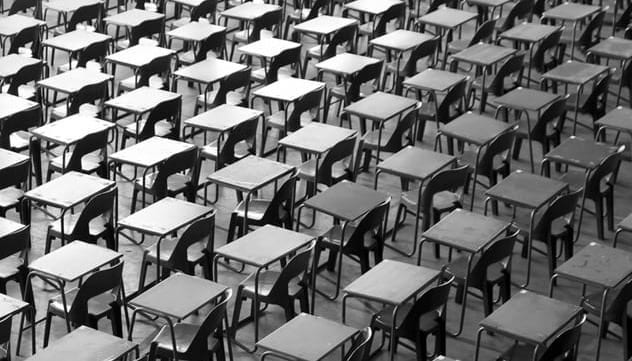CICM SAQ 2012.2 Q17
Questions
With regards to the determination of brain death:
1. Apart from identifying evidence of sufficient intracranial pathology, list the preconditions that must be met prior to the determination of brain death by clinical criteria
2. What is the recommended minimum time for observation in cases of hypoxic- ischaemic brain injury, prior to performing clinical testing of brain-stem function?
3. For each of the following brainstem reflexes, list the cranial nerves that are tested:
- Cough reflex
- Vestibulo-ocular reflex
- Pupilary light reflex
- Corneal reflex
- Gag reflex
4. List three contra indications to performing apnoea testing
5. List the acceptable imaging techniques that may be used to demonstrate brain death as an alternative to clinical testing as recommended by the ANZICS Statement on Death and Organ Donation.
Answers
Answer and interpretation
1. Apart from identifying evidence of sufficient intracranial pathology, list the preconditions that must be met prior to the determination of brain death by clinical criteria
- Minimum period of 4 hours in which the patient is observed to have unresponsive coma, unreactive pupils, absent cough/tracheal reflex and no spontaneous respiratory effort
- Normothermia (temp >35oC)
- Normotension (SBP >90 mmHg, MAP >60 mmHg in adult)
- Exclusion of sedative drugs
- Absence of severe electrolyte, metabolic or endocrine disturbance
- Intact neuromuscular function
- Ability to examine the brainstem reflexes including at least one ear and one eye
- Ability to perform apnoea testing
2. What is the recommended minimum time for observation in cases of hypoxic- ischaemic brain injury, prior to performing clinical testing of brain-stem function?
- 24hours
3. For each of the following brainstem reflexes, list the cranial nerves that are tested:
- Cough reflex – cranial nerve X
- Vestibulo-ocular reflex -cranial nerve III,IV,VI,VIII
- Pupilary light reflex – cranial nerve II & III
- Corneal reflex – cranial nerve V & VII
- Gag reflex – cranial nerve IX & X
(for each part of this question ALL cranial nerves are required in order to receive the 5 marks, no marks should be given for an incomplete response)
4. List three contra indications to performing apnoea testing
- a. Concomitant high cervical cord injury
- b. Severe hypoxaemia
- c. Haemodynamic instability
5. List the acceptable imaging techniques that may be used to demonstrate brain death as an alternative to clinical testing as recommended by the ANZICS Statement on Death and Organ Donation.
- Four vessel intra-arterial catheter angiography with digital subtraction (preferred)
- Radionuclide imaging with Tc-99m HMPAO and single photon emission computerised tomography (SPECT) (preferred)
- CT angiography (limited experience to date) (acceptable)

Examination Library
CICM
Chris is an Intensivist and ECMO specialist at The Alfred ICU, where he is Deputy Director (Education). He is a Clinical Adjunct Associate Professor at Monash University, the Lead for the Clinician Educator Incubator programme, and a CICM First Part Examiner.
He is an internationally recognised Clinician Educator with a passion for helping clinicians learn and for improving the clinical performance of individuals and collectives. He was one of the founders of the FOAM movement (Free Open-Access Medical education) has been recognised for his contributions to education with awards from ANZICS, ANZAHPE, and ACEM.
His one great achievement is being the father of three amazing children.
On Bluesky, he is @precordialthump.bsky.social and on the site that Elon has screwed up, he is @precordialthump.
| INTENSIVE | RAGE | Resuscitology | SMACC
